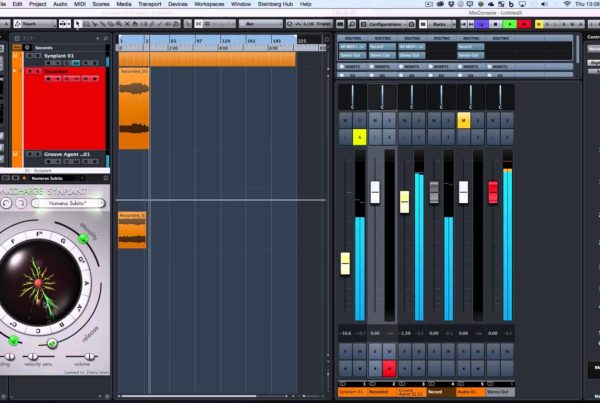I would like to share this post I came across on sonicscoop.com written by Jamey Staub for my daily audiophile roundup. He discusses reamping techniques used in the mixing of soundtracks in this article targeted to audio engineers. The result of not being able to dial in the perfect sound from some guitar recordings led him to write this article. It is not uncommon, due to time and money constraints, to have to have a sense of urgency and rush when in a recording session. Fortunately there are reamping electronic effects boxes to assist with this task.
Check it in full here:
All Mixed Up? Reamping Techniques — by Jamey Staub





